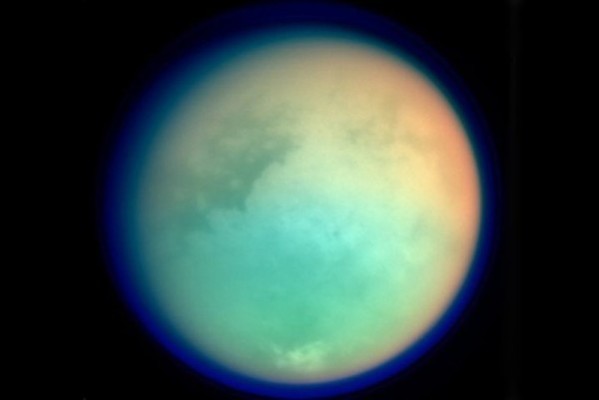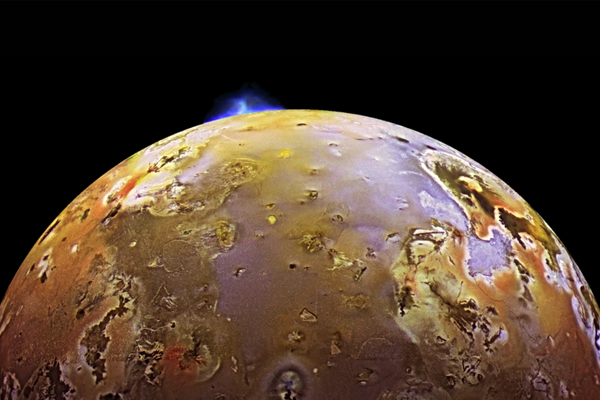 There’s a lot of focus on Mars as a potential Earth 2.0, what with it being the closest to our planet and all, but we might be better off looking slightly further afield.
There’s a lot of focus on Mars as a potential Earth 2.0, what with it being the closest to our planet and all, but we might be better off looking slightly further afield.
Titan is weird for all kinds of reasons. It’s a moon, but it’s bigger than Mercury; it has lakes and oceans, but made up of hydrocarbons such as ethane and methane; and it has an atmosphere that is remarkably similar to Earth’s.
Our nearest neighbours, Mar and Venus, both have atmospheres 100 times thinner and 100 times thicker than the Earth’s respectively, but Titan’s is just 1.5 times thicker than ours. What’s more, it’s mostly nitrogen – about 90%, compared to 80% here at home.
Instead of a water cycle, huge amounts of organic compounds rain down on Titan, forming great lakes teeming with “tholins” which, according to Carl Sagan, are a precursor to carbon-based lifeforms like us.
 This terrifying beast is bigger than the average cockroach. The Decarnocimex makes victims of anything too small or weak to escape.
This terrifying beast is bigger than the average cockroach. The Decarnocimex makes victims of anything too small or weak to escape.









